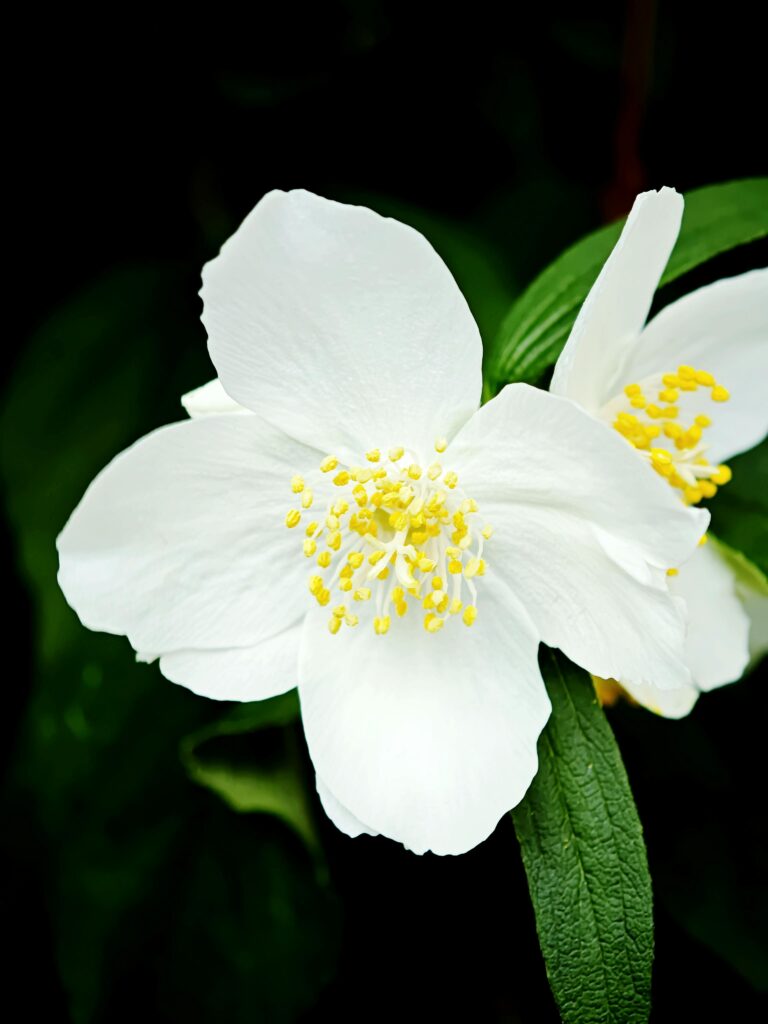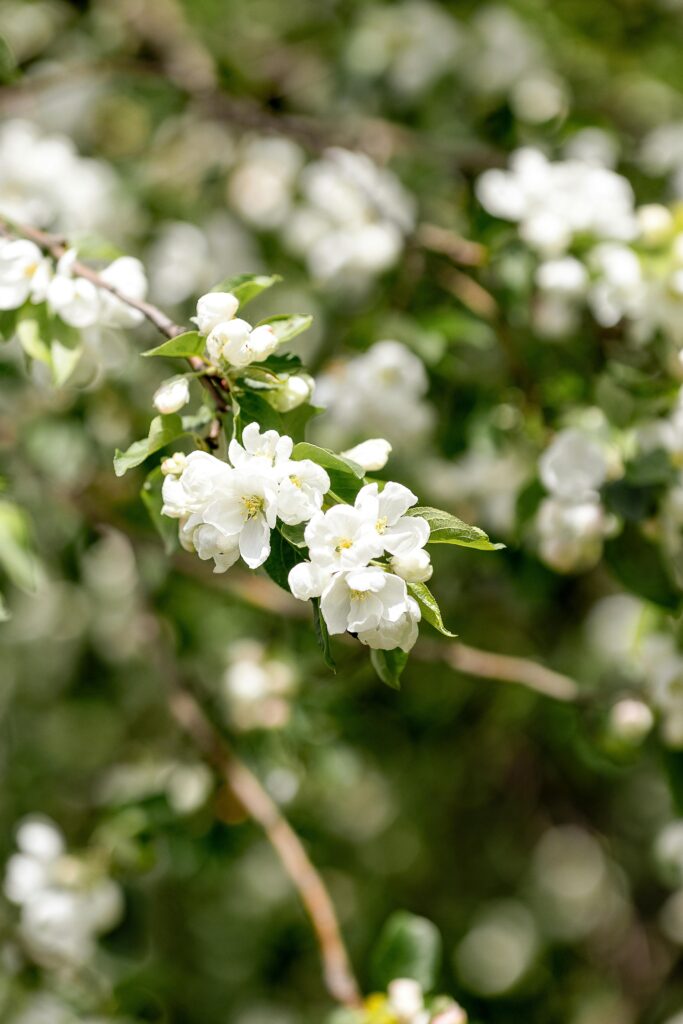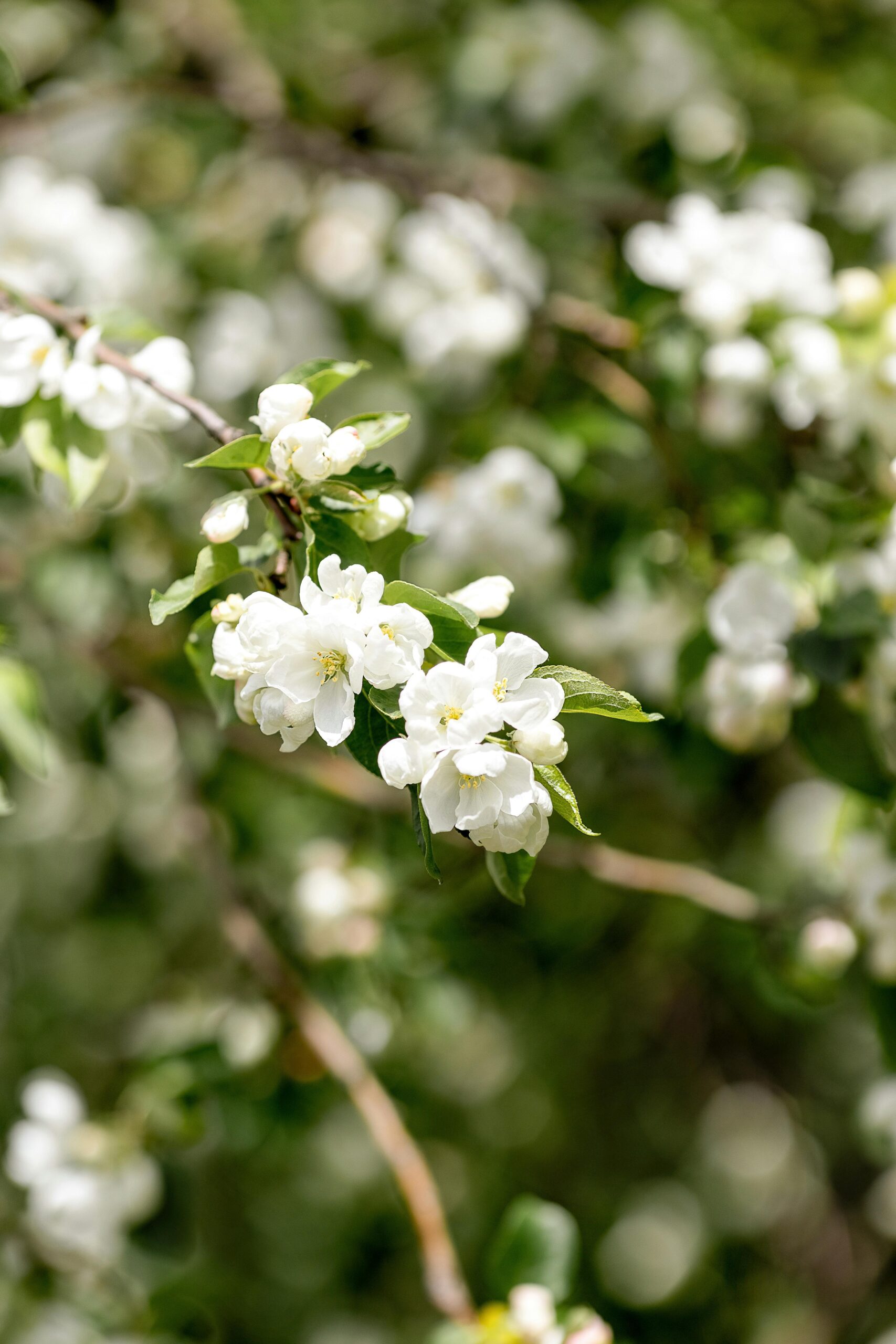
If you are ever strolled by a jasmine bush that is in bloom, you know the experience lingers. The blossoms themselves are small, plain, and star-shaped, but they have a scent that can perfume the air and remain in memory. Gentle yet clear, sweet yet crisp, it’s an aroma that’s been highly valued over centuries in gardens, perfumes, teas, and ceremonies.
This is more than a handsome plant to admire; it’s an integral part of the culture, symbolism, and practice of various nations. In some cultures, it’s a symbol of love or good luck. In others, it’s a wedding favorite, used in the hair or threaded into garlands. And aside from its good looks and symbolism, it is a very handy plant for home growers. Whether you live in an urban city with a small balcony or a large backyard, there’s a jasmine for you to grow.
Table of Contents
The Reasons Jasmine Is So Unique
- Year-Round Appeal: Many different kinds bloom throughout the year
- Memorable Fragrance: Adds a calming, pleasant smell to homes and gardens.
- Versatility: They can be grown as shrubs, vines, or ground covers
How to Plant Jasmine at Home
- Select the proper location: It loves warm, sunny spots with some humidity. Full sun is ideal, but a little shade from the hottest part of the day is beneficial.
- Soil preparation: Good drainage mixed with compost is suitable. Slightly acidic to neutral pH is preferred.
- Planting: The best time to plant is in the spring or fall. Space 6–8 feet between plants so that they can grow without being crowded.
- Watering: Keep the soil moist but not waterlogged. Reduce watering in winter.
- Feeding: Use a balanced fertilizer during the growing season for healthier plants and more flowers.
- Pruning: Trim after flowering to maintain shape and encourage fresh growth.

Popular Types of Jasmine
- Common Jasmine (Jasminum officinale): Hardy, fast-growing, and strongly scented.
- Arabian Jasmine (Jasminum sambac): National flower of the Philippines; used for making garlands and tea.
- Winter Jasmine (Jasminum nudiflorum): Bright yellow flowers that bloom in colder months.
- Spanish Jasmine (Jasminum grandiflorum): Widely used in the perfume industry.
Growing Jasmine: Step-by-Step Guide
1. Climate and Location
It thrives in warm, sunny locations with moderate humidity. Most varieties prefer full sun to partial shade.
2. Soil Preparation
Use well-draining soil enriched with compost or organic matter. A slightly acidic to neutral pH works best.
3. Planting
- This plant in spring or autumn for best results.
- Space plants 6–8 feet apart to allow room for growth.
4. Watering
Keep the soil moist but not waterlogged. Reduce watering in winter.
5. Fertilizing
Feed with a balanced fertilizer during the growing season to encourage lush growth and abundant blooms.
6. Pruning
Prune after flowering to maintain shape and promote new growth.
Benefits and Uses
- Ornamental: Adds elegance to gardens, balconies, and indoor spaces.
- Perfume Industry: Used in high-end fragrances and aromatherapy oils.
- Tea and Beverages: Jasmine flowers are often infused into teas for flavor and aroma.
- Traditional Medicine: Used in herbal remedies for relaxation and skin care.

Common Problems
- Aphids and Whiteflies: Control with neem oil or insecticidal soap.
- Fungal Infections: Avoid overhead watering and ensure good air circulation.
- Root Rot: Caused by waterlogged soil—improve drainage to prevent it.
Fun Facts
- Jasmine oil is one of the most expensive essential oils due to the labor-intensive extraction process.
- The name “Jasmine” comes from the Persian word yasmin, meaning “gift from God.”
- In many cultures, jasmine is worn in hair or used in wedding ceremonies as a symbol of beauty and love.
Conclusion
It is more than just a plant—it’s a sensory experience that combines beauty, fragrance, and cultural charm. With proper care, jasmine will reward you with lush greenery and aromatic blossoms that can transform any space into a fragrant paradise
